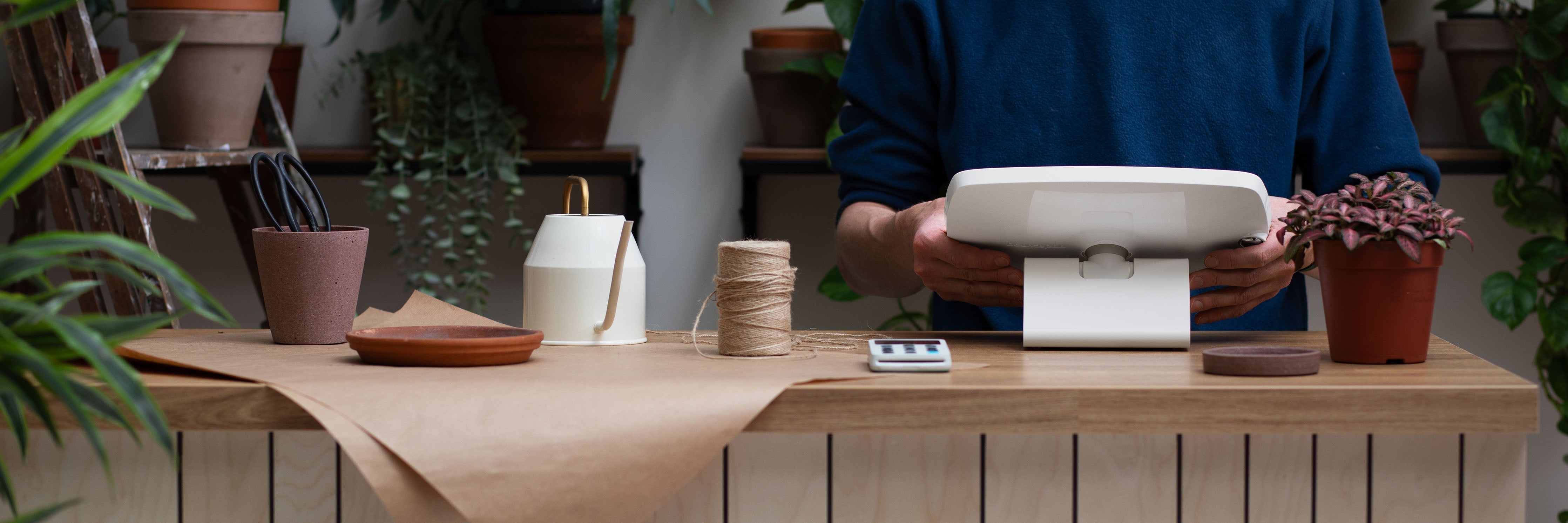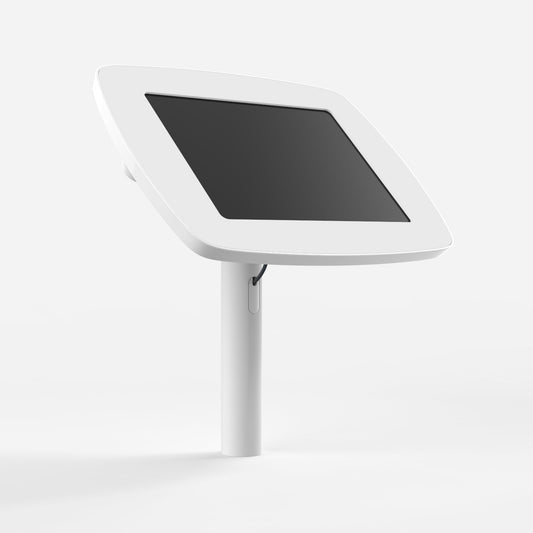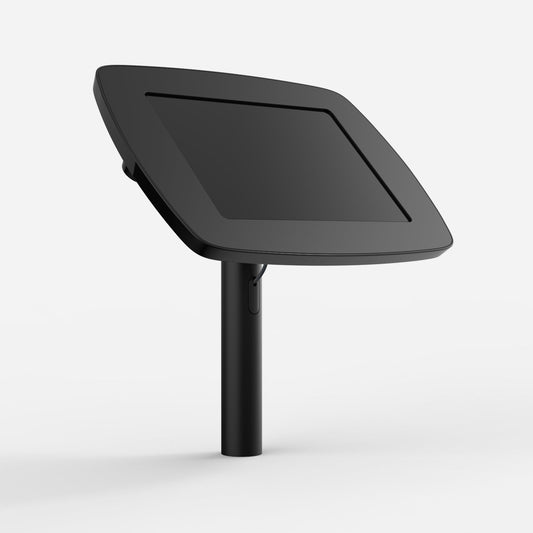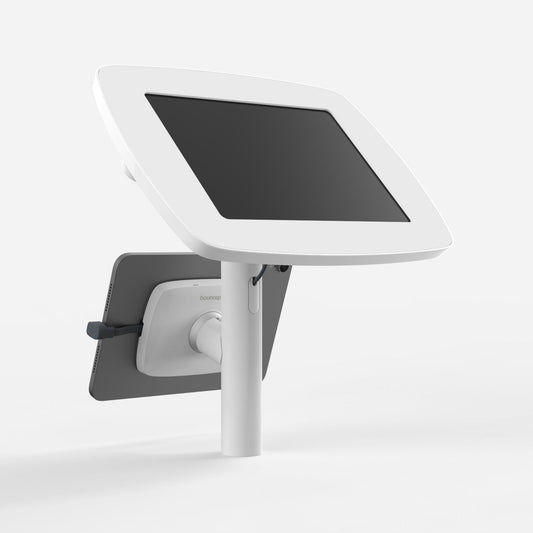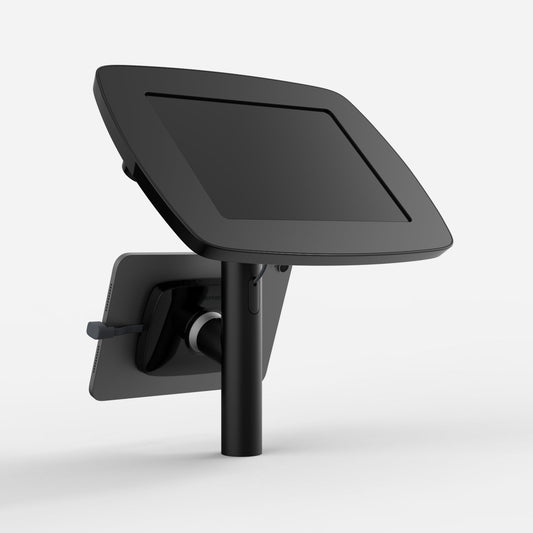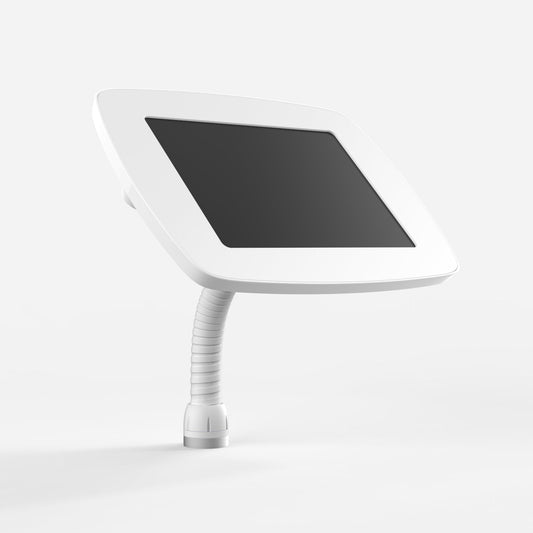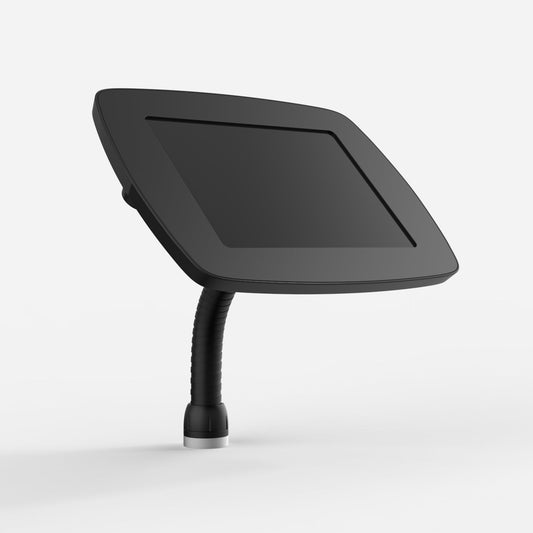88% of users won’t return or buy again after a bad experience. If there are problems with your product, they’re more likely to leave bad reviews and request refunds.
But what if you could design out those problems from the start?
That’s what User-centered Design (UCD) is all about. It prioritises user needs during the design process, leading to improved customer retention, fewer complaints, better reviews, and lower support costs.
What is User-Centered Design (UCD)?
User-centered design involves users from the outset, putting them at the heart of every design decision. The focus is on understanding their needs, behaviours, and pain points. Every design decision is taken with the user in mind, then tested and tweaked until the product actually delivers what they want and need.
It goes much further than simply asking users what they want. The problem is – users don’t always know exactly what it is they want and need. In reality, you have to observe their actions and reactions, rather than just listening to what they say.
A user-centered approach means designing products that suit everyone (or as many people as possible), rather than just catering to the “average” user. This includes designing products for people with disabilities and older users. When you make accessibility an integral part of the design process, it improves the customer experience for a wider range of people, which reflects well on your product and brand.
Core Principles of User-Centered Design
Taking An Empathy-First Approach
Applying UCD means putting yourself in the user’s shoes. By studying their behaviour and reactions, you get a deeper understanding of their frustrations and habits. This helps you design products that actually work for real people, not just designers or an imagined “ideal user”.
It’s a good idea to fully immerse yourself in the users’ environment through a process known as “empathy mapping”. This means observing people’s behaviour in order to reveal unarticulated needs. Typically, you’ll map out people’s perspectives and experiences in four quadrants:
-
Verbal – What they say or express
-
Thoughts – What they think, deduced from actions and context
-
Behaviour – What they do when observed
-
Emotions – What they feel while using the product
The insights you gain from empathy mapping often lead to innovative solutions. For example, if you’re designing a tablet or iPad stand, you might observe the following insights:
-
People struggle to use an iPad stand if it isn’t set to the right height or adjustable enough
-
They fumble and complain about complex setup if it’s too difficult to install
-
They get frustrated if the angle doesn’t hold properly or slips over time
If you only asked people what they want without observing them, they might say things like, “Make it lightweight” or “I want a stylish design”. Watching them in action might reveal the truth, that they’re really looking for stability, easy adjustability, and better grip.
Function Over Form
If people have to try too hard to use your product, they’re more likely to give up on it. UCD makes your product more intuitive to set up without the need for complex instructions. A tablet stand, for example, should make it easy to adjust the angle or height and work well in multiple environments, including desks, counter tops, or freestanding models.
Continuous User Improvement
What works in theory doesn’t always work in practice, so it’s important to get your product in people’s hands and watch them interact with it as early as possible in the design process. For instance, you might give a prototype to someone and ask them to use it, without giving them any instructions. Observing how they get on gives you valuable feedback to improve the design.
Catching usability problems early means fewer product returns and better reviews. Even post-launch, users might discover new pain points and feedback can help you improve later updates or new models.
Step-by-Step Guide to The UCD Process
Step 1: Research the users
The first step is to work out who will actually use the product.
-
Who are they? Office workers, students, professionals, or artists?
-
Where will they use the product? On a desk? On the go? A good design should work in their real-world environment, not just in a showroom.
-
How will they use it? Do they need to switch between use cases? Will they need help installing it or using it?
Step 2: Set the requirements
You should aim to balance user needs with business decisions. For example, people might say they want a highly flexible tablet stand that rotates 360 degrees, but if production costs twice as much, you’ll have to find a compromise.
Step 3: Build and prototype
Start with basic models or even digital mockups. The goal is to test ideas quickly without wasting too much time or money. Once you have a more refined prototype, let real users get hands-on with it and see where they struggle. Use the feedback you gather to inform the next round of design decisions.
Step 4: Refine and iterate
Small frustrations can make or break user experience, so take real-world feedback seriously. Test each change before you lock-in production, as fixing a mistake after manufacturing is expensive. Once you’ve gathered some feedback, tweak the design and test it again. This is an ongoing process throughout the product lifecycle.
Common UCD Pitfalls & How to Avoid Them
Ignoring Existing Mental Models
Users often have preconceived ideas and expectations about how the product works. If you deviate too much from those by making it too complex, for example, then users are likely to get frustrated.
To avoid this problem, observe how people already use similar products. Design your product so that it sticks to familiar interaction patterns, unless you have a really good reason to change them. If your product or users demand a new way of doing things, then make it as intuitive as possible and include clear guidance.
Late-Stage Testing
Waiting until the final stages to test the product is a mistake that could lead to expensive redesigns. It’s too late to easily fix it once production starts. Early prototyping and testing helps avoid this scenario.
Failing to Design for Durability & Wear
Physical products age and wear down over time, such as loose hinges or a wobbly frame. If your materials scuff easily, that makes the product feel cheap and short-lived too. Make sure you choose high-quality, wear-resistant materials that are suitable for repeated use and be sure to test them for long-term durability.
At Bouncepad, we believe that great design isn’t just about aesthetics. It’s about making products that help people and businesses in equal measure. Our tablet stands are designed to meet any use case. Check out our full range here.

